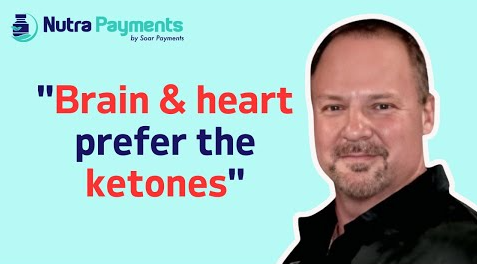How many times have you watched sports and heard the broadcasters say an athlete is an injury-prone? How often have you heard someone say they are dealing with nagging injuries? Safe to say most of us just about all of us in the health and fitness space. A major component of not only rehab but training is helping people bulletproof their body for long-term injury prevention. This set of circumstances begs the question...is there such a thing
Take someone like Derrick Rose-he's someone that has been branded with that reputation and rightfully so-what has mainly been a resume of knee injuries has also bled over into other areas, including a recent ankle issue. This slew of injuries has changed the scope of the youngest MVP in league history. The one time top point guard is currently on a resurgence-However, a year prior, he was on the outside, looking in, waiting for his next contract.
According to a functional neurologist, Garrett Salpeter, being 'injury prone', "really means inefficient. When muscles don't elongate properly, they can't absorb as much force during deceleration. So more of that force goes to the connective tissue, bone, etc. and can cause problems there."
This absolutely makes sense-mechanical pathologies can mean postural issues, as well as poor, long-ingrained movement patterns-these things can throw off delicate balances that can accumulate until a final straw (impact) that breaks.
How about the nervous system? Well, your ability to create/absorb force, as well as your movements, are absolutely functions that are controlled neurologically. In other words, poor neuromuscular patterning can cause you to move poorly, which can cause injury. Furthermore, if, say, your muscles are too stiff, you won't be able to relax and absorb force. We know from the training science, that much of athleticism and daily human function is contingent upon the ability of your muscles to elongate and relax prior to contraction. The best athletes even have an ability to both relax and create tension at elite, lightning-fast levels. The least injured, high functioning weekend warriors and those with the best postures also tend to have a requisite relax/contraction balance.
This is where proper training comes into play and why being able to alter the nervous system at the input level becomes so important. By tapping into the potential of the inputs via proper breathing, movement therapy, and training, we can alter the outputs for best practice.
Don't get it twisted-once structural integrity is compromised (damaged), recurring injuries to the same area are absolutely possible, so in that sense being injury-prone makes sense. That said, most injury pathologies can be course-corrected by tapping into the potential of the nervous system and its dialogue with the musculoskeletal system.
Put another way, being injured is NOT your destiny!

 ACCOUNT
ACCOUNT
 CART
CART





